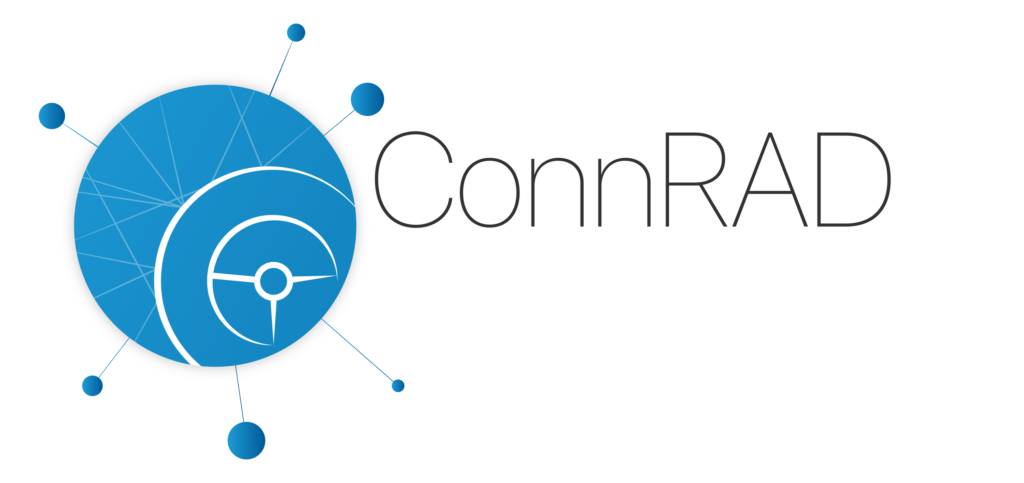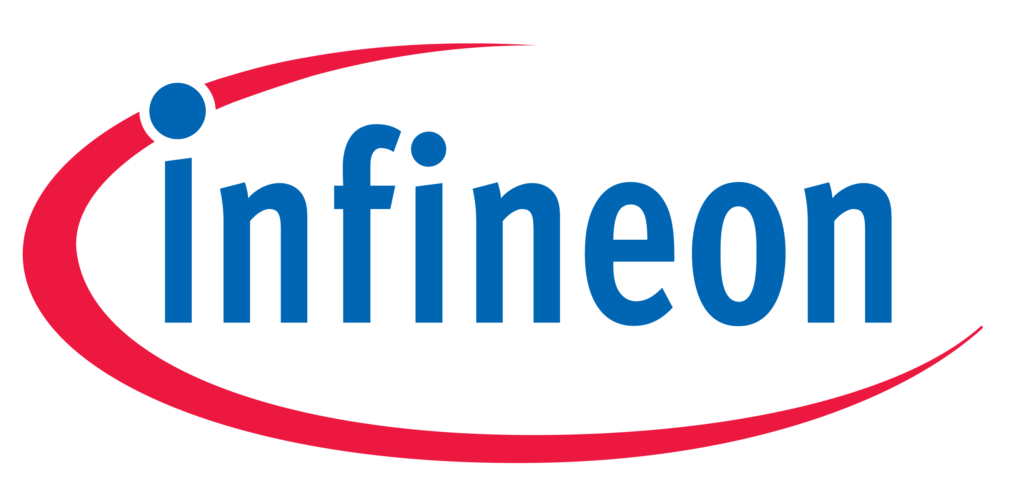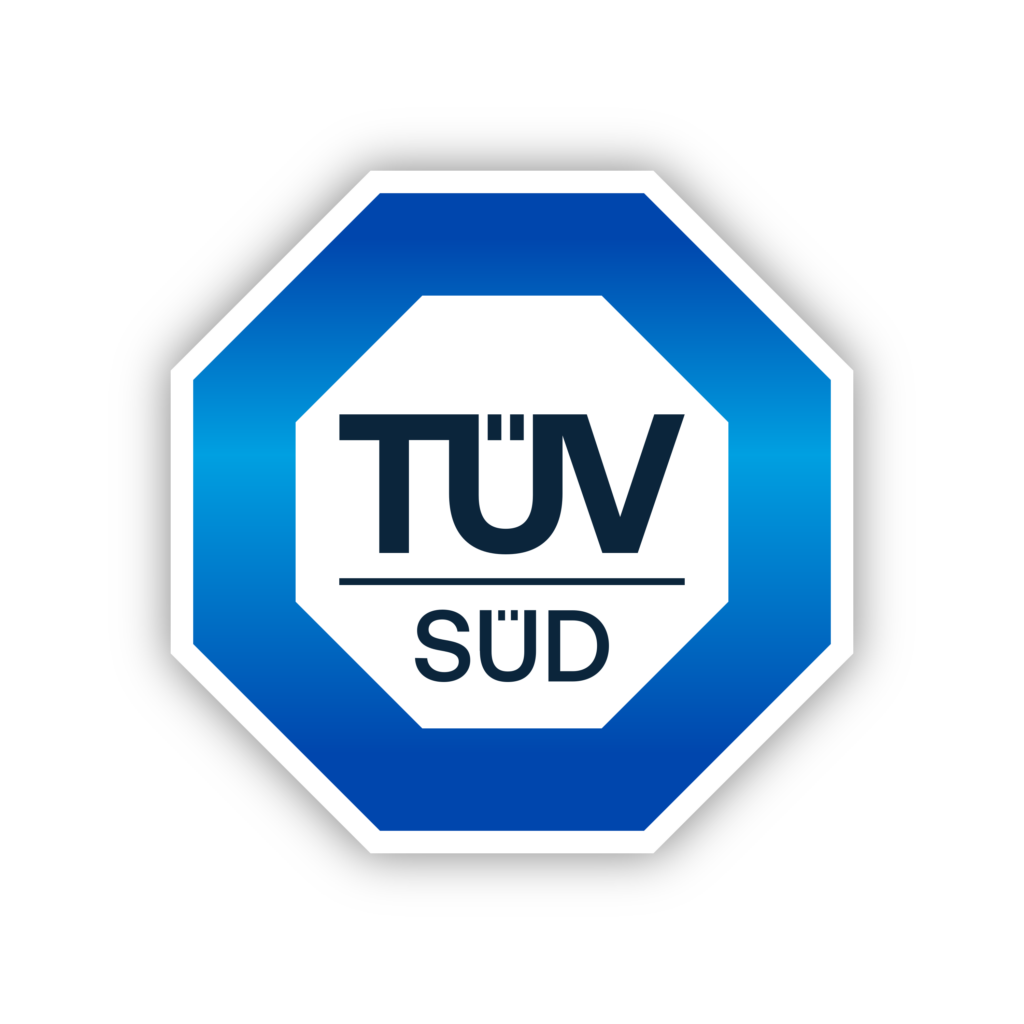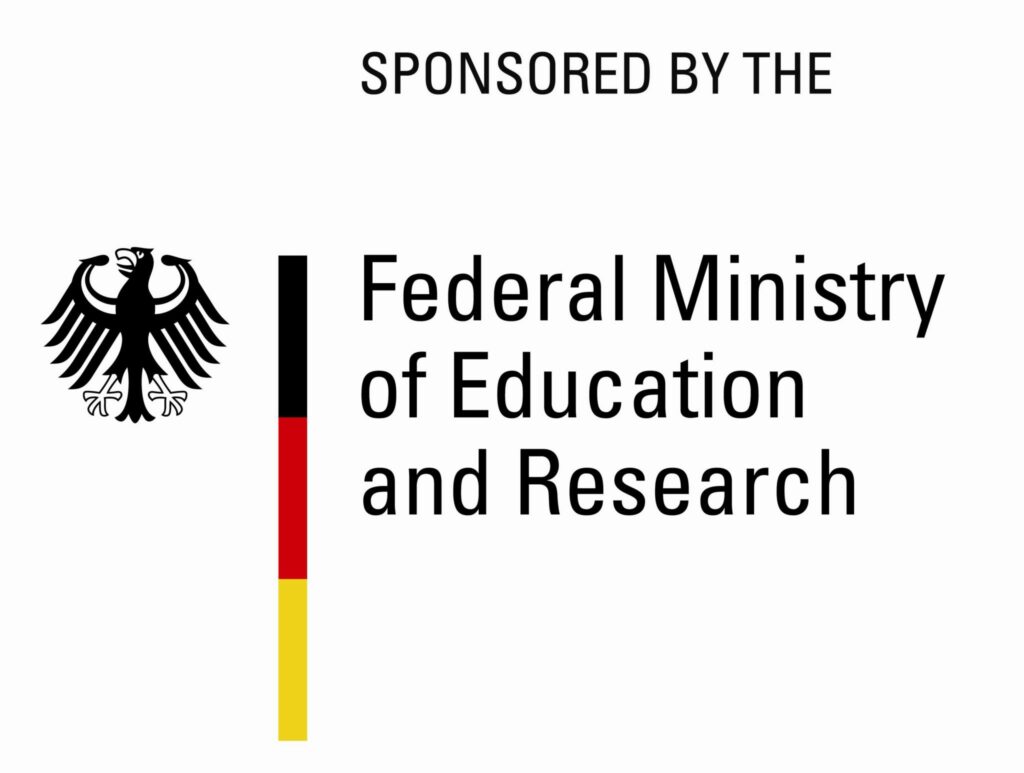ConnRAD (2023-2025)
ConnRAD – Connectivity and Resilience for Automated Driving

Automated mobility may still sound like a dream of the future to many people, but there are already a large number of automated driving functions today: For example, there are lane-keeping systems and emergency brake assistants that increase safety on the road, distance-keeping systems to improve efficiency, or parking aids to increase driving comfort. What all these automated driving functions still have in common today is that they rely exclusively on in-vehicle sensor technology, and thus have a field of vision that roughly corresponds to that of the driver. In addition, however, there is already the technical possibility of significantly expanding this horizon of perception by means of V2X (vehicle-to-anything) communication, in which the vehicle “talks” to other vehicles or the infrastructure, and thus participates in their perception or, if necessary, even receives warnings of hitherto invisible dangers. However, the use of these technologies is currently still severely restricted by regulatory requirements. For example, standardized messages are already being exchanged between vehicles and the infrastructure, but this information cannot be used for safety-critical driving functions due to the lack of reliability of wireless communication. To make these driving functions approvable, individual vehicles must be able to assess the trustworthiness of communication partners and the information they transmit and take appropriate measures.
The goal of the “ConnRAD” project is to enable reliable and resilient communication between road users. To this end, a resilient and universal communication architecture is being developed within the framework of three exemplary use cases. The central question here is how trust can be established between communication partners and in the transmitted information. Obvious approaches to assessing trustworthiness here would be the quality of the data or information about how it comes about, or even the question of how the quality of data can ultimately be assessed at all. In addition, stakeholders, especially in the legal or regulatory sector, as well as existing gaps in standards and laws that currently prevent approval will be identified. The knowledge gained here will then be incorporated into a trust model in order to be able to quantify trustworthiness. Finally, the project results are to lead to an adaptation or expansion of existing standards and communication protocols in order to develop a concept for an approval process.
Contribution FGVT
FGVT is represented in all work packages of the project and leads WP1: “Resilient communication architecture and protocols for scalable, resilient reliability”. Furthermore, it is responsible for Use Case 2: “Reliable and trustworthy event notification via V2X direct communication for highways”, which it implements and integrates into its own vehicles or infrastructure.
Project Coordination

Project Partners








Project Duration
2023-01 – 2025-12
Project Volume
~7.3 M€
Funded by
